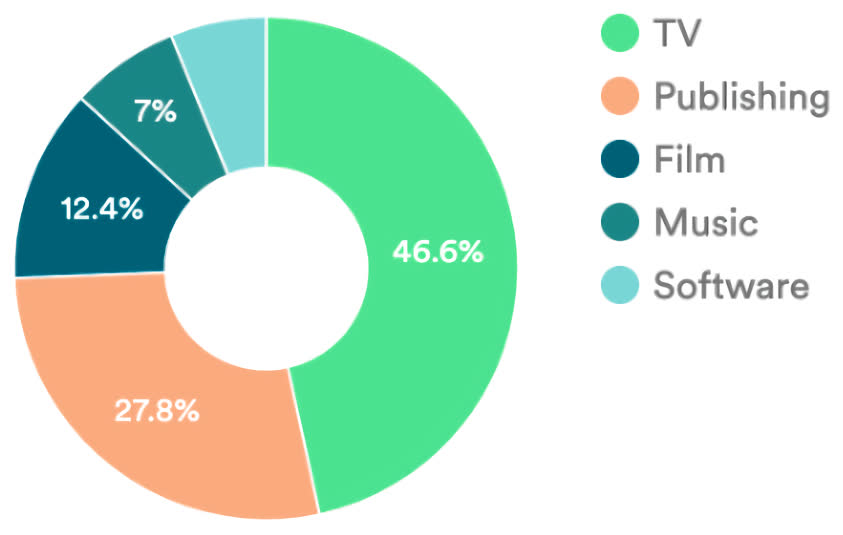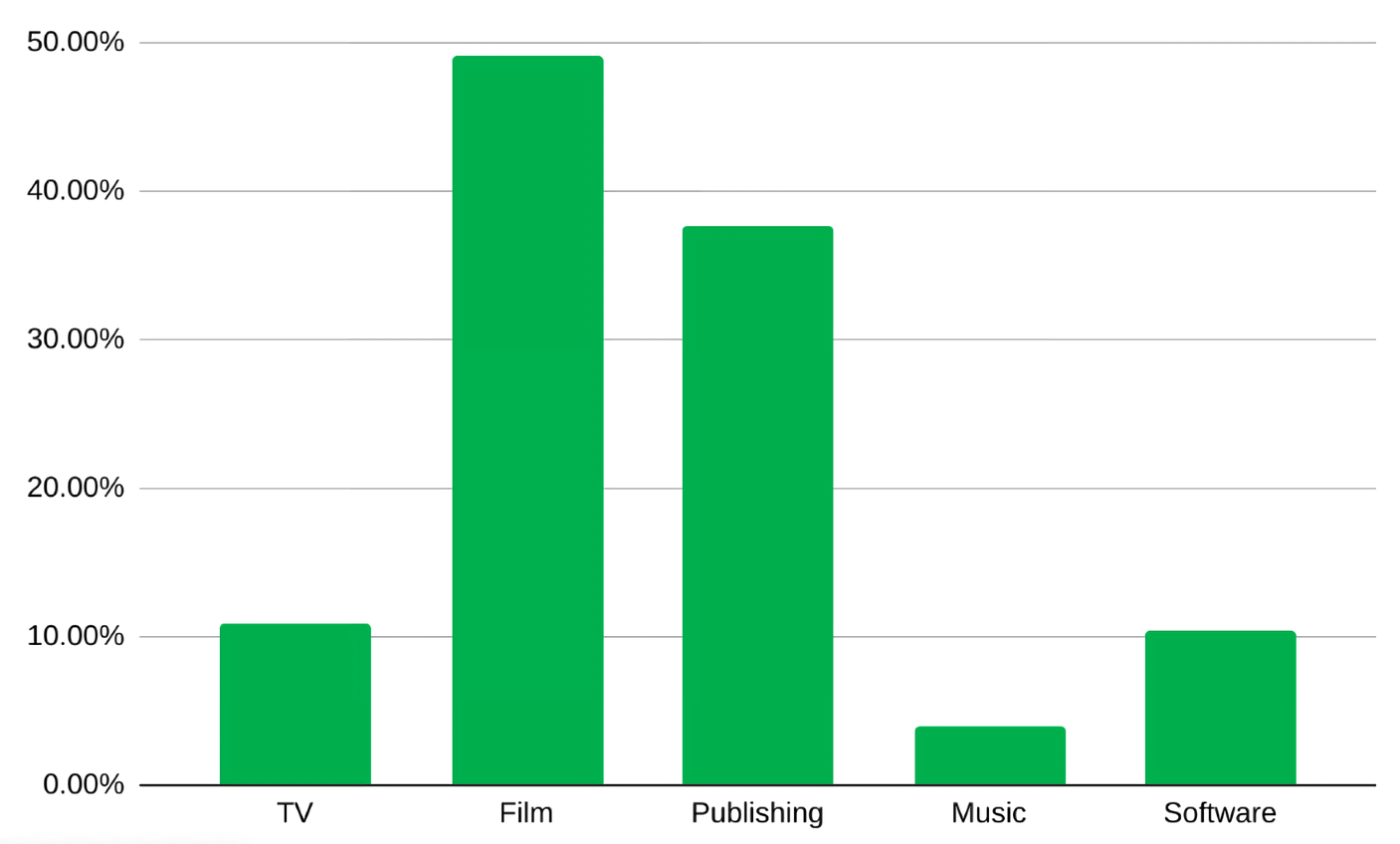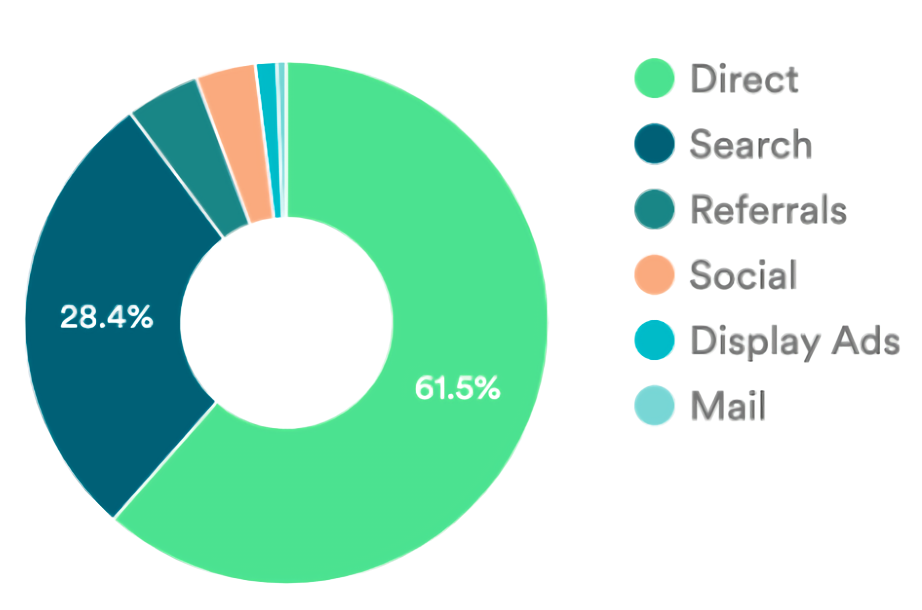The big picture: The recent flood of subscription-based streaming services appeared effective in slowing online piracy in recent years, but the latest data from UK piracy tracking firm MUSO suggests the tide is turning once again.
Through the first eight months of 2022, traffic to piracy sites increased 21.9 percent compared to the same period a year earlier. That equates to a staggering 141.7 billion visits to piracy sites across all measured categories.
A deeper dive reveals television as the top media category for pirates, accounting for 46.6 percent of all pirated content. Publishing made up the second largest slice of the pie at 27.8 percent followed by film at 12.4 percent and music at seven percent.

Looking at year-over-year sector growth shows increases across every category. Film led the way here, however, as piracy in this category grew 49.1 percent year over year. Music saw the lowest increase at 3.87 percent, suggesting consumers are willing to pay for content they believe is reasonably priced and easy to access and consume.
Why is television and movie piracy so high? One possible explanation could be the fragmentation of streaming services. Sure, there are affordable and easy avenues to watch your favorites but content is scattered between rightsholders' respective distribution platforms. To watch a variety of content, you're going to have to pay for access to multiple services which eventually becomes cost prohibitive to some.

The US accounted for the largest percentage of worldwide piracy from January through August 2022 at 10.9 percent, or nearly 15.5 billion visits to piracy sites. Russia ranked second with around 8.3 billion visits followed by India, China and France with 7.9 billion, 4.7 billion and 4.5 billion visits, respectively.
Unsurprisingly, piracy activity spikes during the weekends when more people are home and looking for something to fill their free time.

Analysis further reveals that most pirates already know where to get the goods. According to MUSO, nearly 62 percent of traffic is direct and only 28.4 percent comes from search engines. The remaining 10 percent of traffic originates from referrals, social medial, ads and e-mail.
